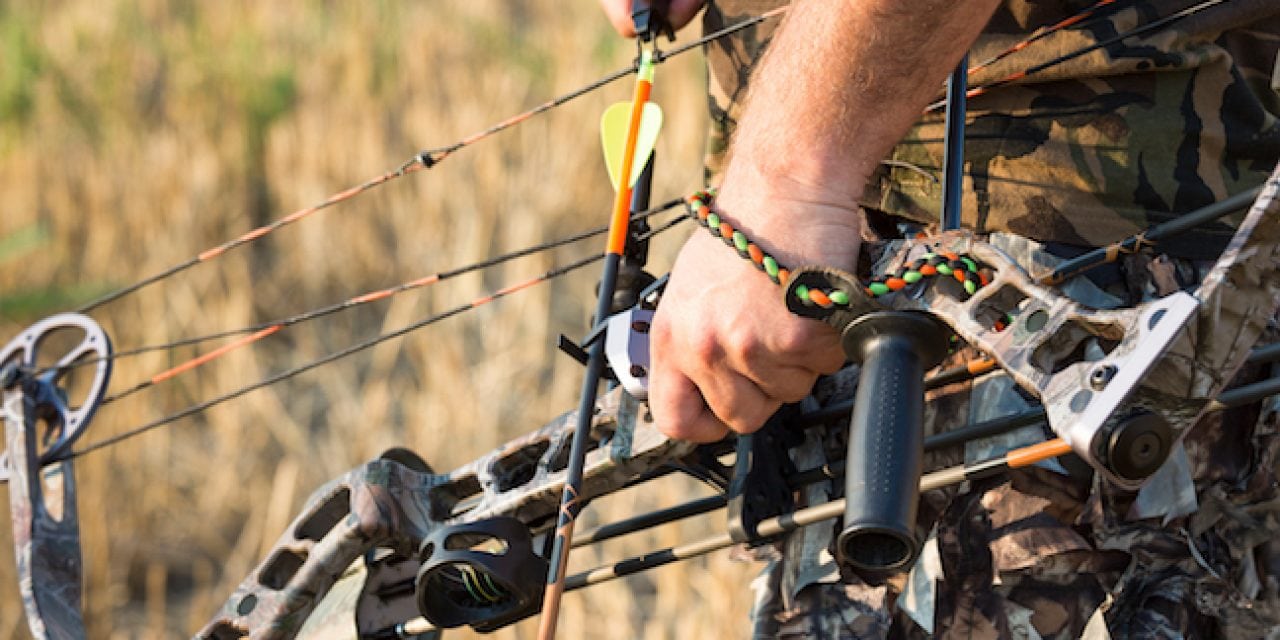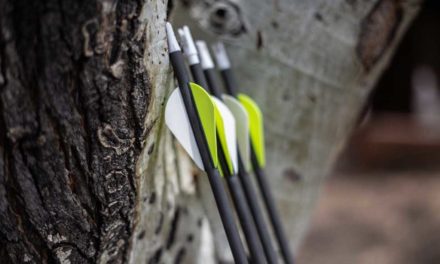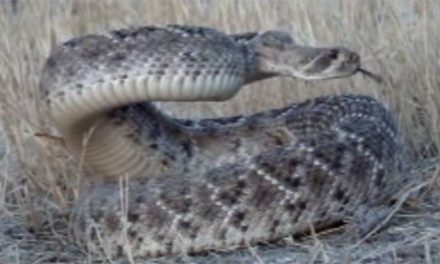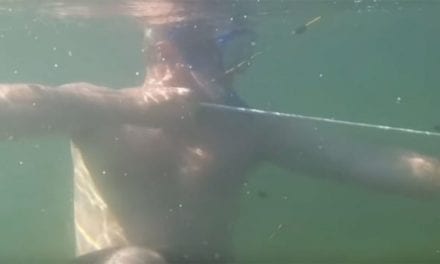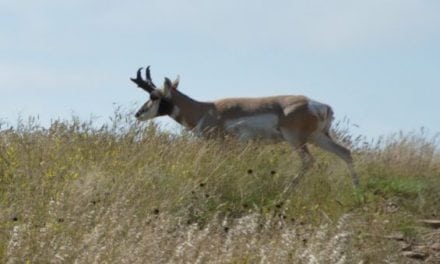Here’s our guide to filling your tag with public land deer this season in Indiana.
Much has changed for deer hunters over the past 20 years or so.
First, on the good side, knowledge of deer behavior has increased exponentially and this has led to a better understanding of deer movement, feeding and bedding patterns, rut science, deer vocalizations and much more.
That translates directly to making hunters more successful. The technology available today in equipment also increases hunters’ chances of success.
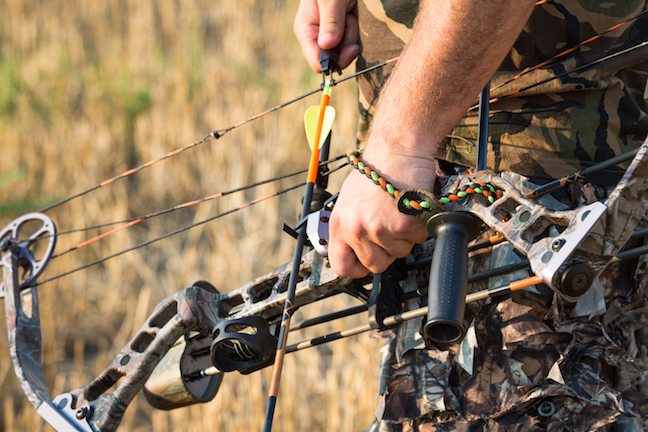
Here’s our guide to filling your tag with public land deer this season in Indiana. (Shutterstock image)
On the down side, finding a place to hunt has become very difficult and appears to be getting more difficult with each passing year. If a person does not own land or have a friend or family member with land, the options mostly boil down to either leasing property or hunting on public land.
Leasing has become outrageously expensive, especially in prime deer hunting locations, and shows no sign of leveling off.
For hunters who cannot find or afford to lease quality hunting property, it forces them to seek out properties with public hunting access.
Fortunately, Indiana hunters have a lot of great options when it comes to hunting whitetail deer on public land.
STATE PARKS
Back in the ’90s, Indiana began using reduction hunts to curb the deer populations at the state’s numerous state parks. Overpopulation of deer causes extensive damage to native plants and trees, plus it creates an unhealthy balance for deer and other wildlife.
To help mitigate this negative impact, deer numbers needed to be reduced to acceptable ecologically sound carry capacities. The state extensively explored various non-lethal methods, but ultimately, implementing deer reduction hunting was the most cost effective and practical solution.
Deer reduction hunts do not happen at all state parks each year. Instead, Indiana Department of Natural Resources biologists determine the need for deer reduction on a year to year basis.
Some state parks only need reduction every other year or longer. The state park reduction hunts are approved each year through passage of an emergency rule. Technically, the hunts do not exist until the rule is passed, according to Anthony Sipes, the chief of natural resources for Indiana State Parks.
More on Deer Hunting from G&F
- Whitetail Deer: 4 P’s You Need to Consider
- Bowhunting Tips for Early Season Bucks
- Deer Ammo Choices for 2017 Season
- Best Deer Hunting Rifles of 2017
Over the past five years, data show there is a lot of opportunity available for those participating in the state park reduction hunts. During the 2016 season, hunters took a total of 1,219 deer at 18 different state parks. Harvest numbers for other recent years included 806 deer in 2015 (14 properties hunted), 1,004 deer in 2014 (19 properties hunted), 1,763 deer in 2013 (22 properties hunted), and 1,292 in 2012 (14 properties hunted).
Looking toward the upcoming season, Sipes said: “I hope that 2017 is another good year for state park deer reduction hunts. As with any hunt, weather is a very important factor.” The first 2016 hunt saw excellent weather throughout most of the state, which led to a high harvest the first day, Sipes reported.
“Hunters who are willing to get further away from roads will find less-pressured deer and fewer hunters,” added Sipes. “Another tip would be to target parks that are coming off of a one-year break. They will likely have some of the higher harvests.”
In general, harvest levels are stabilizing at our state parks, noted Sipes. Deer densities have decreased from the historic highs of the 1990s, but hunter success is still fairly high, he advised.
“We always like to remind hunters that the goal of the state park deer reduction hunts is to reduce or maintain deer browse at acceptable levels,” Sipes noted. “This requires hunters to be non-selective in what deer they harvest. Waiting for a buck is strongly discouraged.”
The state park reduction hunts were not yet scheduled for this season as this magazine went to print; however, great opportunities are available at all the state parks targeted for reduction. In particular, Sipes recommends considering Harmonie State Park and Potato Creek State Park. Both have long histories with the state park hunts dating back to 1995 and both of these parks took a year off in 2016. As mentioned earlier, parks coming off a year with no hunt typically have higher harvests when the hunt is reinstated. Most all of the state parks utilize firearm hunting to curb deer populations. For hunters looking for an archery option, Clifty Falls State Park and Fort Harrison State Park are only hunted with archery equipment.
FISH AND WILDLIFE AREAS
“Typically on Indiana fish and wildlife areas, the deer harvest figures remain fairly constant from year to year with only minor fluctuations mainly due to weather and hunter effort numbers,” said North Region public lands supervisor Tom Despot from the DNR. “On occasion, local disease outbreaks such as EHD may negatively impact deer numbers in certain locations, but that usually only lasts for a couple of years before the deer herd rebounds.”
All of the FWAs have excellent habitat and deer have everything they need to flourish on these areas, Despot reported. Bonus antlerless permits are not permitted to be used on Division of Fish and Wildlife properties, as hunting pressure is heavy enough to keep the herd in balance with the available habitat, he noted.
“Hunters are permitted to harvest antlerless deer during the archery season and muzzleloader seasons, but not during the firearm season,” Despot advised. “The late antlerless season is not open on Fish and Wildlife properties as well.”
Despot said all of Indiana’s FWAs offer good deer hunting, but because of the hunting pressure, large antlered bucks are not common. Even so, he said every year there are a few trophy bucks taken off of these areas. Success is quite good on many of the FWAs and some locations obviously produce better numbers than others either due to larger deer numbers, property size, hunter effort or other factors.
One of the most consistent properties in southern Indiana is Sugar Ridge FWA near Winslow. Sugar Ridge FWA totals 8,100 acres and is divided into six tracts. Much of the property is reclaimed surface mine land, but there is a good mix of woods, fields and some 100 pits. Hunters took 65 deer there last season and 59 the year previous.
Fairbanks Landing FWA also posted very consistent harvest numbers over the past two seasons. Last year hunters took 51 deer, and in the 2015-16 season 58 deer were harvested. Fairbanks Landing FWA is in southwestern Indiana in Sullivan and Vigo counties. This property totals roughly 8,000 acres and has some prime river bottom whitetail habitat along the Wabash River.
A third great property to consider is the Glendale FWA. This property yielded 42 and 40 deer to hunters over the past two seasons respectively. Glendale FWA is near Montgomery and the property totals close to 9,500 acres, although some 1,400 acres of that are lakes or other impoundments. Lots of deer reside on this property, and hunters have fairly good success.
Hunters in the northern half of the state also have some great properties from which to choose. In fact, some of the harvest numbers are better than the southern properties. The three top properties for harvest are Pigeon River FWA, Jasper-Pulaski FWA and Kingsbury FWA.
Pigeon River FWA has been extremely impressive over the past two seasons. Last season, hunters took a total of 195 whitetails at Pigeon River. That is certainly a lot of deer for a public property, but it is consistent with past results there. During the previous season, the property gave up 175 deer.
Of course, something that factors in to producing numbers such as those is the sheer size of the property. Pigeon River FWA has 11,794 acres of land plus over 500 acres of water and 17 miles of river border land. Obviously with such diversity, whitetails have everything they need to produce good numbers of healthy deer.
Kingsbury FWA also has some great river bottom habitat, as the southern edge of the property is bordered by the Kankakee River. The property offers over 7,200 acres of mixed habitats, including woods, crop land, grass fields and wetlands areas. Deer are abundant on the property and recent hunter success has been very stable. Hunters harvested 96 deer there during the 2015-16 season and 108 deer last season.
The Jasper-Pulaski FWA is another property that is very popular with hunters, and it typically produces good harvest numbers too. However, the numbers over the past two seasons have not been quite as balanced as our previous properties. Hunters took an impressive number of whitetails in the 2015-16 season with a harvest of 126 deer. However, the harvest last year declined to 81 deer, but that is still a very respectable number for public land. Jasper-Pulaski FWA encompasses 8,142 acres in Jasper, Pulaski and Starke counties.
Predicting this season, Despot said, “I would guess that the 2017 deer season would see hunter success rates on FWAs similar to what we saw last year.” Winter weather in Indiana for the past couple years has been mild, and good habitat on these areas should make for good reproductive conditions, Despot noted.
Deer hunters on public ground should spend as much time as possible scouting prior to the season opening to find the areas where deer are using, he added.
“Concentrate scouting in areas that offer thick cover fairly close to food sources. Deer habitat is very good on FWAs, so deer usually don’t have to move very far from their bedding area to their feeding areas. For this reason, scouting is key to hunter success on FWAs,” Despot advised. “If possible, hunt during the week days, as hunting pressure is usually much less than on weekends. Even on the most popular areas, archery season offers a chance for deer hunters to have a very high quality hunting experience on public lands.”
FOREST LANDS
No discussion of deer hunting on public land in Indiana would be complete without including our fantastic forest properties. Indiana has thousands of acres of national and state forests that offer almost unlimited deer hunting opportunities. Even better, much of this forest land is in some of our top counties for deer harvest.
One place in particular fitting this description is the Harrison-Crawford State Forest. The forest amounts to some 24,000 acres, and it is loaded with whitetails. Harrison County consistently ranks at or near the top annually for deer harvest numbers. Plus it is adjacent to the Ohio River, so there is fantastic river bottom habitat and plenty of food sources to grow big healthy deer. Likewise, Crawford County also ranks very high each year for giving up big numbers of deer to hunters.
Washington County is another top-ranking county for deer harvest numbers. Not far behind is Jackson County. Hunters looking for public land in these counties should consider the 18,000-acre Jackson-Washington State Forest.
Last but far from least is the Hoosier National Forest. Undoubtedly our largest state property, it provides a huge amount of hunting opportunity. The Hoosier National Forest stretches through much of south-central Indiana somewhat on a north and south geography. Many of the counties that hold portions of the forest are among the top counties in the state for deer harvest.
At the southern tip, Perry County abuts the Ohio River. And, as mentioned earlier, it includes lots of great habitat for deer. The national forest stretches up through other top counties, including Crawford, Lawrence, Orange, Jackson and Monroe. The forest also lies adjacent to Patoka and Monroe lakes, and there are lots of hunting opportunities on the lake properties.
These are a sampling of some of our best public lands to consider this season. They are most definitely not the only ones providing a great chance of tagging a whitetail. Indiana public lands are well managed to provide as much hunting opportunity as possible, and many of the other properties not mentioned are well worth consideration for the next hunt.
The post Public Land Deer Hunting in Hoosier State appeared first on Game & Fish.

